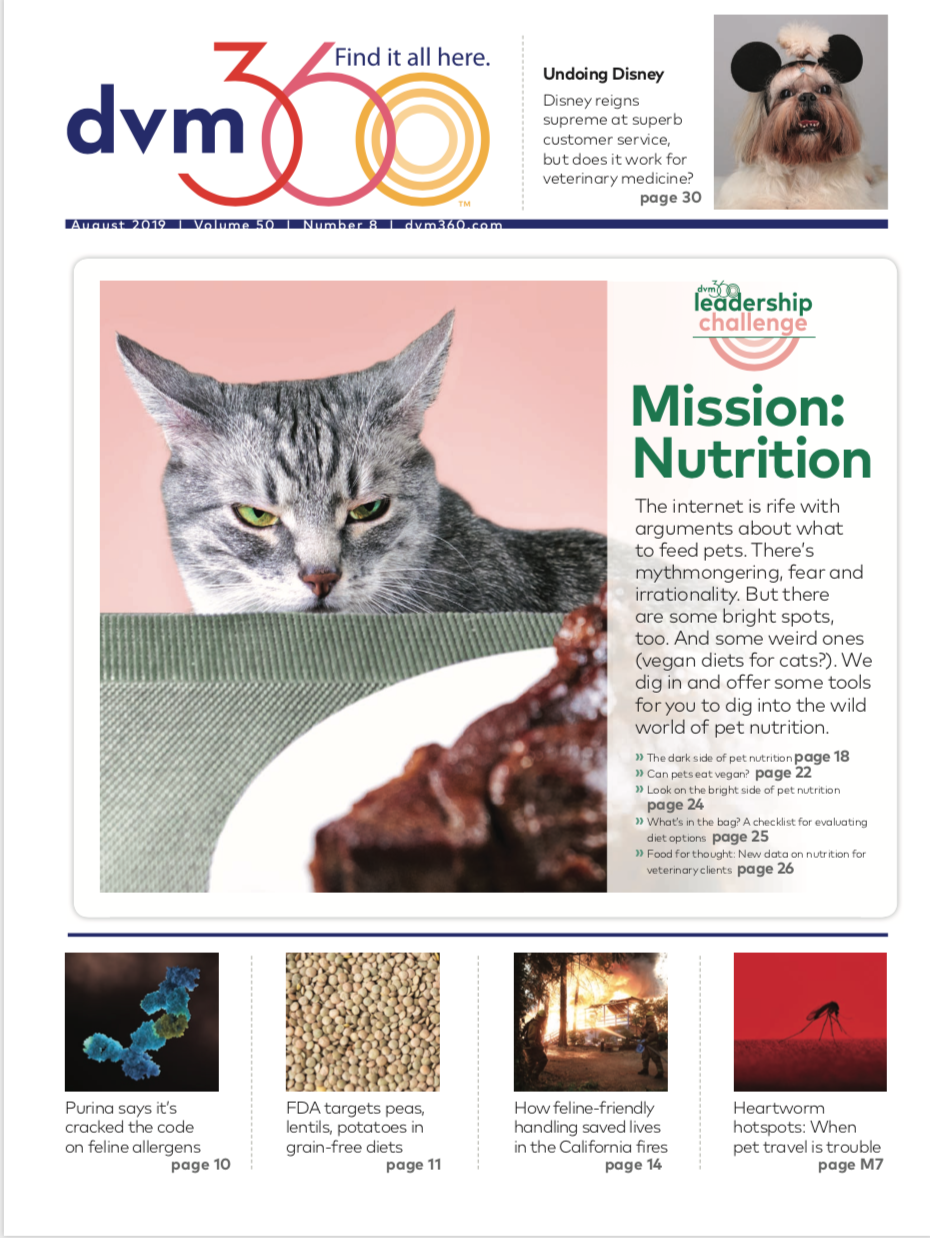In its annual parasite forecast, released in April, the Companion Animal Parasite Council predicted that the incidence of heartworm disease would be higher than average across the country this year. At Fetch dvm360 conference in Baltimore, parasitologist Brian Herrin, DVM, PhD, discussed the impact of animal transport on shifting heartworm prevalence in the United States, noting that while “heartworm infection isn't moving much on its own, it does seem to be moving because of a lot of travel.”
Orange, California has earned a dubious dintinction
‘Top 10 Cities’ lists and parasite forecasts from the Companion Animal Parasite Council (CAPC) are great tools for veterinary practices to keep clients informed about the heartworm threat in their community—and encourage year-round protection.1
[@portabletext/react] Unknown block type "slideshow", specify a component for it in the `components.types` prop
The city of Orange in Southern California currently has the highest prevalence of canine heartworm disease of anywhere in the country, according to the most recent ‘Top 10 Cities’ heartworm report from CAPC.
This report, released periodically, highlights and ranks the 10 metropolitan U.S. cities that have experienced the highest percentage increase in heartworm-positive tests.
According to the current report, released in September 2019, St. Paul, Minnesota currently ranks second, with Fontana, California; Cleveland, Ohio; and Omaha, Nebraska rounding out the top five.
Craig Prior, BVSC, CVJ, a CAPC board member and past president, says the organization has seen a 20% rise in cases of heartworm disease nationally in the past five years.
His advice to pet owners: “When we’re seeing these spikes in the prevalence rates in places like D.C. and other areas where you normally won’t see large numbers of heartworms, we realize that there’s something going on here that you need to be aware of and that you need to talk to your veterinarian because your dog has got the potential to be exposed.”
Parasite forecasts
To help veterinarians and pet owners monitor heartworm prevalence in their community, CAPC also periodically provides a county-by-county heartworm disease forecast at petdiseasealerts.org.2
As of the latest 30-day nationwide canine heartworm disease forecast map, parts of the upper northwest, midcentral and southeastern U.S. are at risk.
“It’s our hope that the monthly CAPC Top 10 Cities Heartworm Report—along with our 30-day parasite forecast maps—will prompt important conversations between pet owners and their veterinarian about heartworm protection,” says CAPC CEO Chris Carpenter, DVM. “The increasing prevalence of heartworm disease across the U.S. is why CAPC recommends year-round heartworm preventives and annual testing for all dogs and cats—no matter where they live or travel.”
References
1. Companion Animal Parasite Council. The top 10 cities for heartworm disease. CAPC website. https://www.petsandparasites.org/images/uploads/documents/20190909_CAPC_Top_Ten_Cities_September.pdf. Published September 2019. Accessed March 18, 2020.
2. 30-Day parasite forecast map. Pet Disease Alerts website: https://petdiseasealerts.org/forecast-map/#/. Updated March 9, 2020. Accessed March 18, 2020.
Long-distance shelter animal movement
A significant amount of animal travel involves long-distance transport of shelter animals. “These dogs surely deserve a happy life,” explained Dr. Herrin, an assistant professor at Kansas State University College of Veterinary Medicine, “but we have to consider the diseases that travel with them.”
Those counties that have accepted the highest number of shelter dogs have also reported the largest increase in heartworm-positive dogs, and animal movement undoubtedly helped transplant the disease. Between 2014 and 2017, for example, more than 130 animal welfare organizations imported about 114,000 dogs to Colorado shelters, turning the area into a heartworm disease hotspot.
Most states don't legally require heartworm testing before interstate travel. Also, the disease can become established quickly after arrival, Dr. Herrin warned, because “every state has mosquito vectors that are capable of transmitting heartworm.” The American Heartworm Society (AHS) and Association of Shelter Veterinarians (ASV) recently published procedures for minimizing the risk of heartworm transmission during animal travel. Additionally, the two societies stated: “Along with considering the recommendations in this document, veterinarians should ensure that transportation of animals is carried out in accordance with state and/or federal transportation regulations, as well as professional guidelines.”
AHS and ASV recommendations
The AHS/ASV document states that all dogs should be tested for heartworm disease before travel. If testing isn't possible or test results aren't immediately available, then relocation should be postponed until testing can be completed.
If a dog tests heartworm-positive, treatment should begin right away, before the animal travels, particularly because infection can leave a dog too unstable for travel. However, if treatment is impossible at the time, then at minimum a macrocyclic lactone preventive and doxycycline therapy should be administered. “Infected dogs are a risk to the surrounding area,” Dr. Herrin stated, and administering these drugs helps both the patient and the population. By preventing circulating microfilariae from growing into adult worms, a preventive reduces the patient's worm burden and stops disease transmission to other animals. Doxycycline reduces inflammation from dying worms.
Also, a topical permethrin-based insecticide product is recommended before travel to prevent disease transmission by disrupting the mosquito life cycle. Upon arrival, the AHS-recommended treatment protocol should be instituted. Retesting after arrival is not recommended, because preventive and doxycycline treatments can both cause false-negative antigen test results.
Dogs that test heartworm-negative before travel may still suffer from prepatent infection. For these dogs, a preventive should be administered before travel and retesting should be performed 6 months later. In the meantime, according to Dr. Herrin, preventive should continue for “every pet, every month, all year round.”
Dr. Stilwell received her DVM from Auburn University, followed by a MS in fisheries and aquatic sciences and a PhD in veterinary medical sciences from the University of Florida. She provides freelance medical writing and aquatic veterinary consulting services through her business, Seastar Communications and Consulting.

